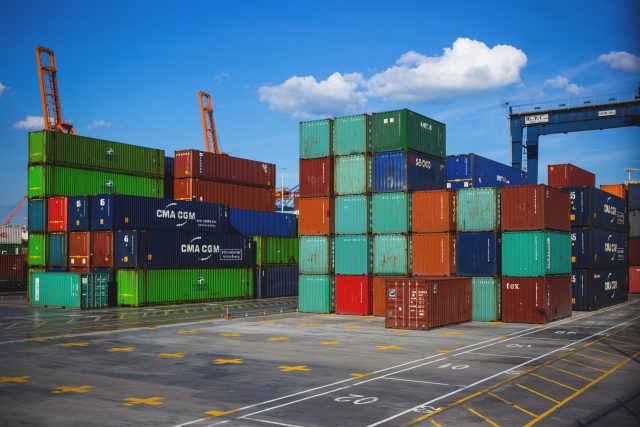
A 15% tariff ceiling and massive EU energy purchases from the US aim to defuse tensions, but the agreement stirs political controversy in Europe
In a historic announcement from Scotland, U.S. President Donald Trump and European Commission President Ursula von der Leyen revealed a sweeping transatlantic trade agreement aimed at averting an escalating trade war between the world’s two largest economies. The pact introduces a 15% tariff ceiling on most EU exports to the U.S., prevents the threatened 30% duties from taking effect, and includes a major commitment from the European Union to purchase $750 billion worth of American energy over the next three years. Additionally, the EU pledged $600 billion in investments within the United States.
“This is a commercial agreement between the two largest economies in the world,” said Trump, characterizing the deal as a significant win. “The EU will buy $750 billion in energy. It’s fantastic. And $600 billion in new investments in the U.S.—this is very important.”
Avoiding a Trade War
The agreement comes after months of intense negotiations that started from deeply opposing positions. Tensions had mounted following the U.S. threat to impose 30% tariffs on a broad range of EU exports. The newly agreed 15% cap now includes key sectors such as automobiles, semiconductors, and pharmaceuticals—areas critical to the European economy.
President von der Leyen acknowledged the difficulty of the talks but emphasized the importance of the outcome. “This agreement brings certainty in uncertain times. It provides stability and predictability for citizens and businesses on both sides of the Atlantic,” she said. According to her, the 15% tariff is now a uniform ceiling that “includes everything” and represents “the best outcome we could achieve.”
While the deal does introduce some zero-tariff provisions for select industries—such as aerospace and certain microprocessors—it is the broader framework of cooperation and stability that the EU is highlighting. “It was tough, it was fair, but it was tough,” von der Leyen admitted, describing the negotiation process.
Energy as a Bargaining Chip
Perhaps the most headline-grabbing element of the deal is the European Union’s commitment to purchasing a staggering $750 billion in American energy, including natural gas, oil, and renewables. These purchases are to be made over a three-year period and signal a dramatic deepening of energy ties between the U.S. and Europe.
For Trump, who has long pushed for increased U.S. energy exports, the deal is a validation of his strategy to strengthen America’s energy dominance. “This is a very big deal,” he said, emphasizing both the size and strategic importance of the EU’s energy commitments.
The additional $600 billion in European investment in U.S. industries is aimed at reinforcing long-term cooperation, with a focus on infrastructure, clean energy, and advanced manufacturing. These investments are likely to benefit American jobs and could be seen as a diplomatic victory for the Trump administration ahead of a potential re-election campaign.
Divided Reactions in Europe
Back in Europe, political reactions to the deal have been sharply polarized. Italian Prime Minister Giorgia Meloni welcomed the agreement, calling it “a positive outcome” that helps avoid a full-blown trade war. Members of Italy’s ruling coalition praised the deal as a pragmatic compromise that shields key sectors from more punishing tariffs.
The opposition, however, expressed outrage. Elly Schlein, leader of the Democratic Party, called the 15% tariff “devastating” and a concession that will harm European industries. “This is not a deal—it’s a surrender,” she said. Former Prime Minister Giuseppe Conte echoed the criticism, claiming Trump was the clear winner and branding the EU, von der Leyen, and Meloni as the losers in the negotiation.
These criticisms reflect broader concerns that the EU may have sacrificed too much to secure tariff relief, particularly in agreeing to such vast energy purchases from the United States. Some fear that this dependence could compromise Europe’s long-term energy transition goals or weaken its leverage in future trade talks.
Strategic Implications
Beyond the politics, the deal has significant implications for the global economic order. It marks a shift in transatlantic relations toward a more transactional and energy-driven partnership. It may also serve as a model—or a warning—for how geopolitical negotiations in the era of great-power competition are increasingly blending trade, energy, and investment into a single strategic package.
Whether the agreement delivers the promised stability and economic benefits remains to be seen. But for now, the U.S. and EU have stepped back from the brink—and entered a new phase of cooperation, underwritten by compromise and commercial calculation.



 Subscribe
Subscribe